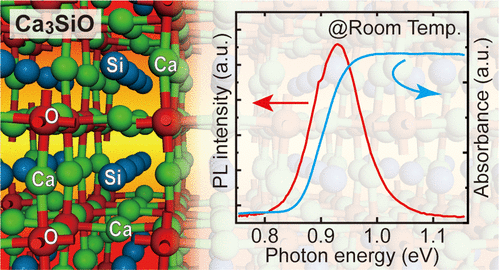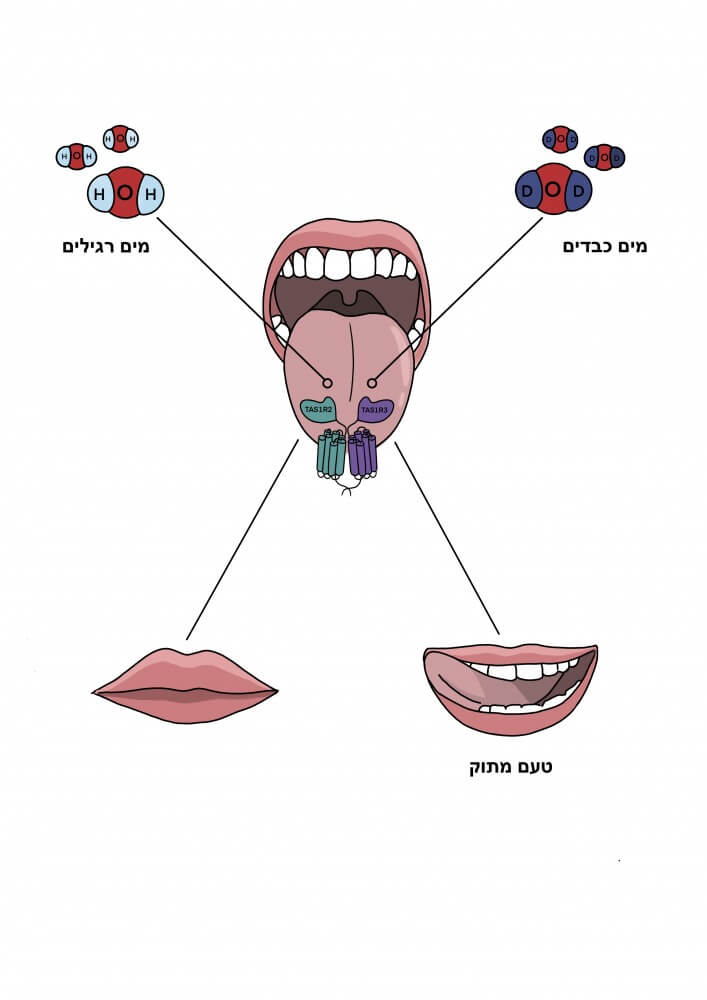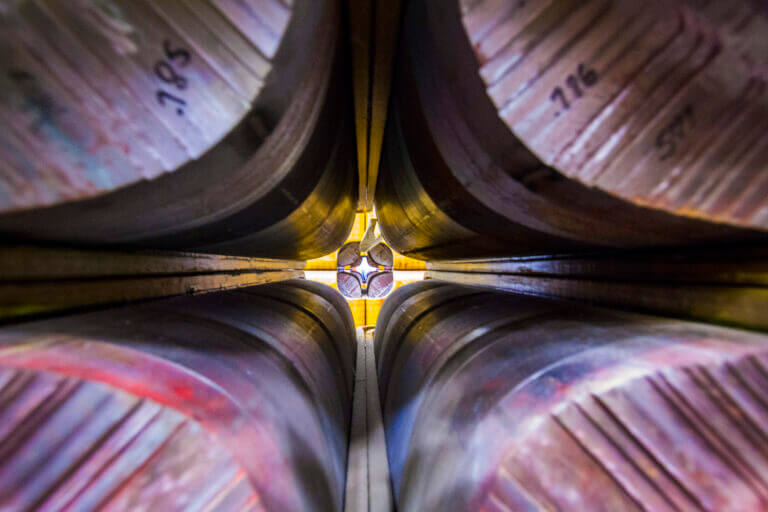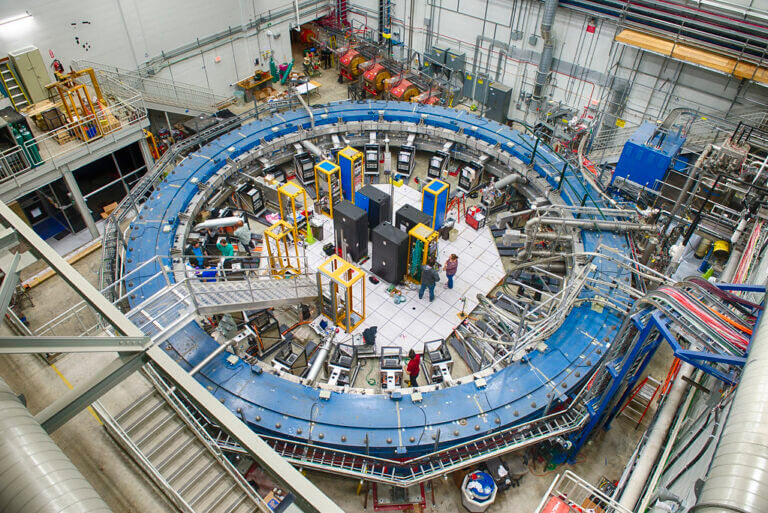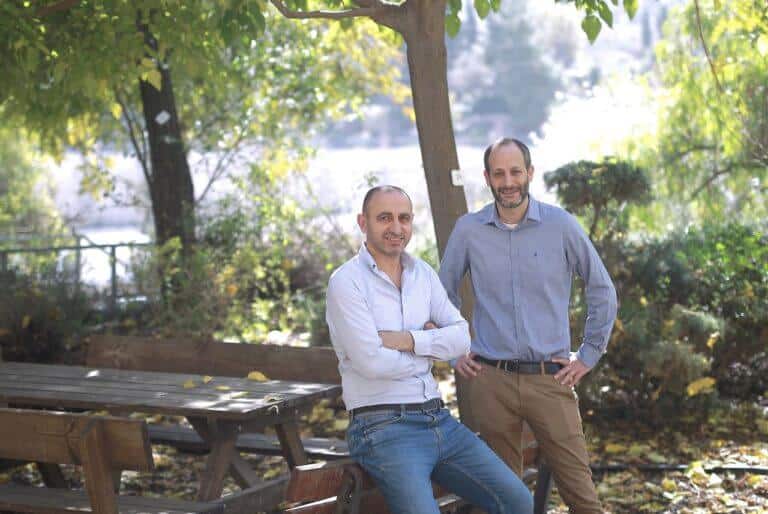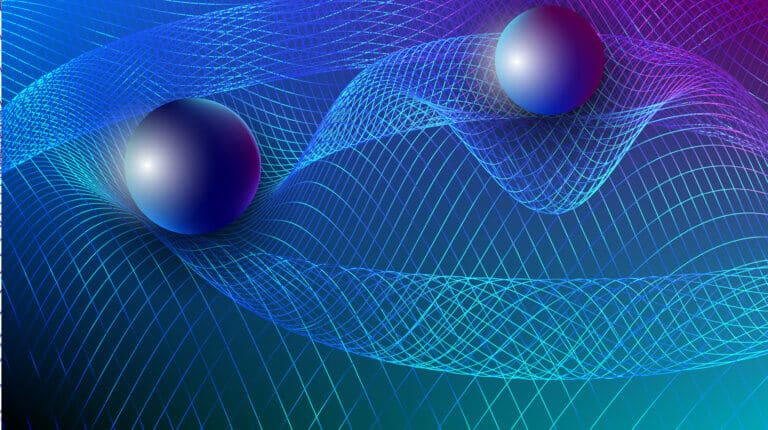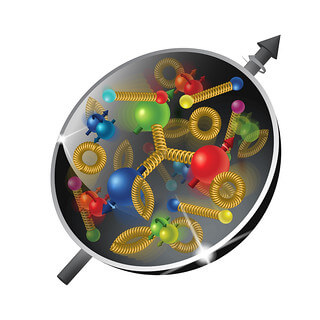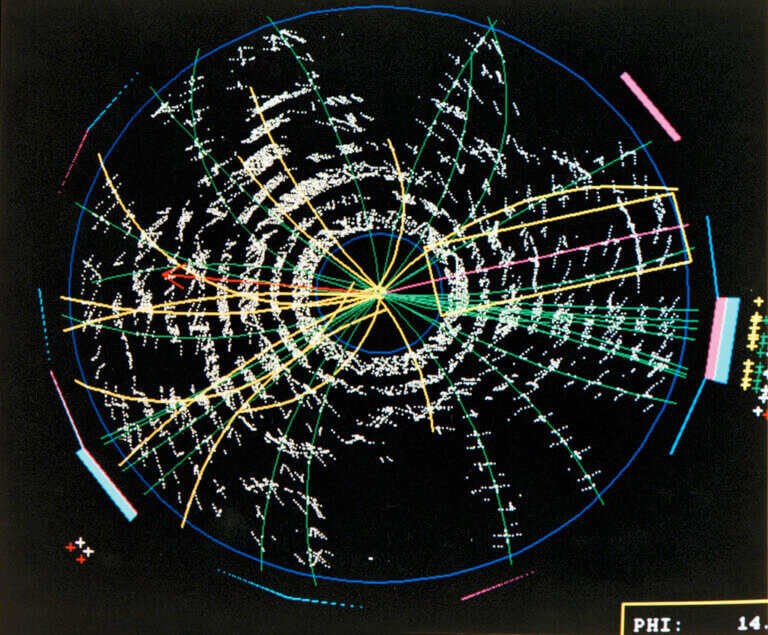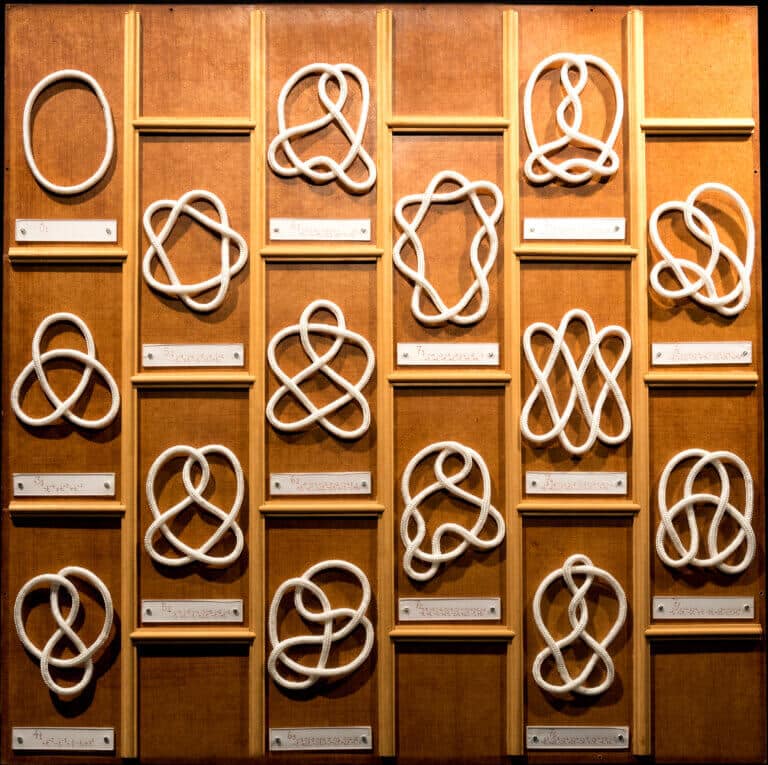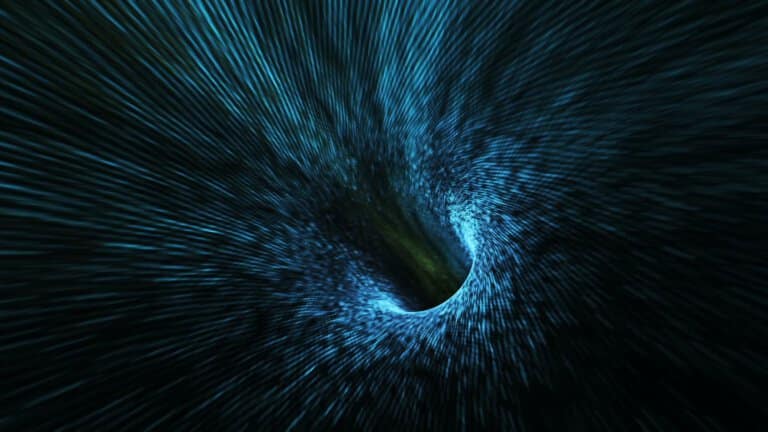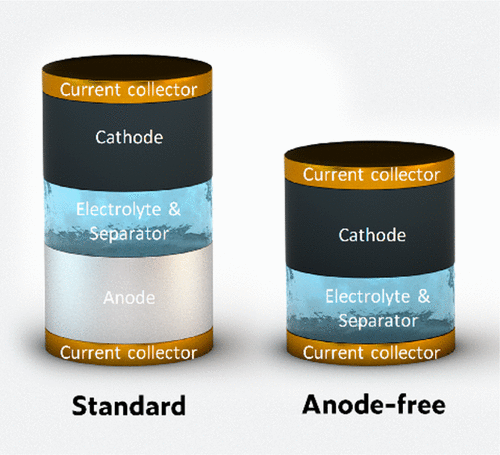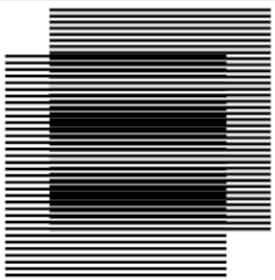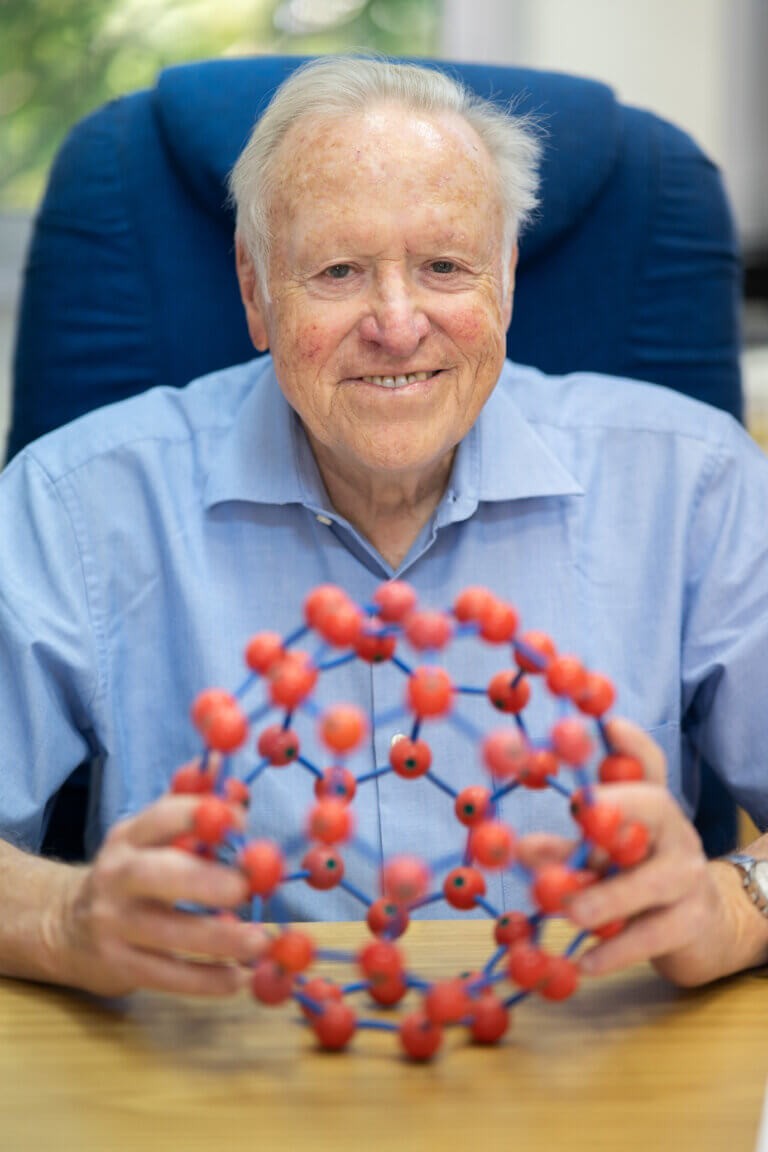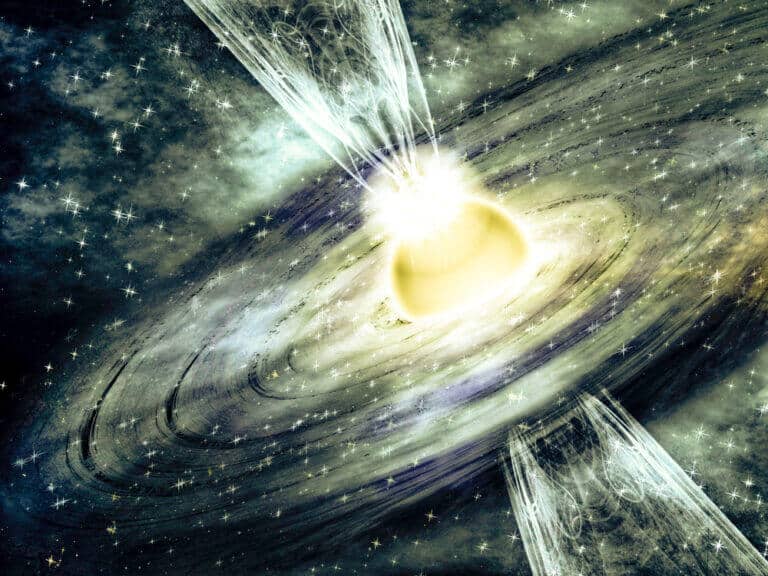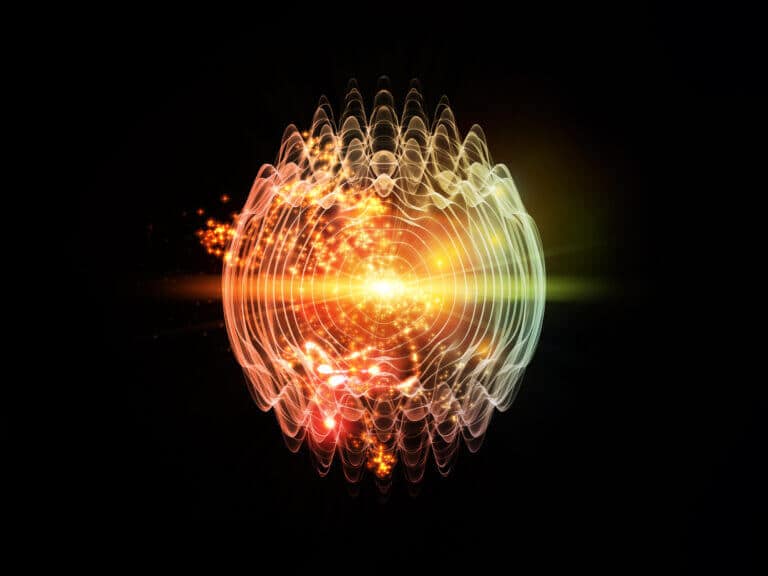Hayadan > Computing and technology > exact sciences > Page 6
exact sciences
- Noam Chai
- May 21, 2021
- 10 תגובות
Led by researchers from the Institute of Physics at Princeton University, an initial discovery has been published that strengthens the controversial hypothesis that the electron is made up of two elementary particles: one carries a negative electric charge and the other the electron's spin. If the interpretation is indeed correct, the assumption that is more than a century old may be erased and make waves in the scientific community.
- Dr. Moshe Nahamani
- May 19, 2021
- 3 תגובות
Pressurized injection of aqueous solutions into water-repellent nanoporous materials, such as zeolites and metal organic frameworks, could aid in the development of highly efficient systems for energy and shock absorption. Can protect soldiers as well as drivers and athletes
- The Hebrew University
- May 8, 2021
The researchers were able to directly observe the entangled quantum state of two mechanical drums, each with a size close to the diameter of a human hair.
- Dr. Tomer Simon
- April 26, 2021
- 3 תגובות
Most likely, this article will be read on the screen of your phone, whose color and sharpness are only possible thanks to the rare metals inside it. Inside every smartphone on Earth are 16 of the 17 rare earth metals, most of which are mined in China
- Dr. Moshe Nahamani
- April 25, 2021
- One response
A new compound may replace the toxic materials mercury-cadmium-telluride (HgCdTe) and gallium arsenide (GaAs) used as semiconductors at least in near-infrared sensing applications
- The Hebrew University
- April 12, 2021
A unique study at the Hebrew University found that heavy water is distinctly sweeter than regular water, and may even mask a slight bitterness.
- Noam Chai
- April 10, 2021
- 149 תגובות
Last Tuesday, the Premilab laboratories in the United States announced that the muon's magnetic moment does not match the theoretical calculations. The experiment conducted in the state of Illinois confirms the anomaly that was discovered several years ago. Is this evidence of a new fundamental force in nature?
- Noam Chai
- April 3, 2021
- 12 תגובות
After almost two decades accompanied by technical and financial challenges, on the XNUMXth of April we heard, perhaps, exciting news from Permilab Laboratories in the United States. The experiment run for the second time was set up to measure the muon's magnetic moment and if a deviation is detected, even the smallest, it may hint at a new elementary particle in nature
- Avi Blizovsky
- March 31, 2021
- No comments
This is what the CEO of the young chip company Tremount says in a personal interview. The company raised $8 million led by Grove Ventures to create the next generation of optical connectivity for the chip industry. Among other things, Dedi Perlmutter, former senior vice president at Intel and chairman of Tremount's board of directors, participated in the recruitment.
- Noam Chai
- March 21, 2021
- 2 תגובות
A new record in the measurement of the gravitational field was broken in a study recently published in the prestigious magazine Nature. Measuring gravity on a microscopic scale, which is significantly weaker than the other forces in nature, is a huge technological and scientific challenge. However, gravitational experiments at the atomic scale are critical to understanding the quantum nature of gravity. In the future, will we be able to stretch the limits of the experiment to single micrograms?
- Noam Chai
- March 10, 2021
- One response
- Noam Chai
- March 7, 2021
- 7 תגובות
The European Organization for Nuclear Research (CERN) has announced that the Large Hadron Collider has discovered four new particles, but what has changed? Since the accelerator was first activated in 2009, 59 new particles have been discovered, including the famous Higgs boson that was discovered in 2012. Although most of the new particles were discovered in accordance with expectations, some of them were particularly surprising
- Noam Chai
- March 1, 2021
- 6 תגובות
In a joint study by researchers from Germany and Poland, a time crystal in action was filmed for the first time. The micrometer crystal consists of mechanisms at room temperature. Using X-rays, the researchers from Berlin recorded the magnetization of the crystal over time and recorded its cyclic behavior
- The Hebrew University
- February 19, 2021
- No comments
This research, recently carried out by Prof. Jay Feinberg and Neri Berman from the Rekh Institute of Physics, was published in the prestigious journal Physical Review Letters. The study revealed, for the first time, the behavior in the immediate vicinity of the crack tip. In fact, this is the first time in the world that this tiny region, where material breaking occurs, has been observed in a laboratory experiment
- Noam Chai
- February 13, 2021
- 2 תגובות
In 2010, Edward Witten delivered a lecture to the general public on behalf of the IAS (Institute for Advanced Studies in the USA) on entanglement theory and quantum mechanics. In this article, we will convey the main points of his words with specific extensions
- Avi Blizovsky
- February 10, 2021
- No comments
- Noam Chai
- February 5, 2021
- 31 תגובות
Researchers around the world are looking for an explanation for the mystery of dark matter and the problem of hierarchy. The two problems seem completely different, but according to researchers from Johns Gutenberg University in Germany, both can be solved with the help of a compact fifth dimension. The estimated model does not contradict the experimental data discovered in current accelerators and predicts a new particle with a mass of 30TeV that may be discovered in future accelerators
- Dr. Moshe Nahamani
- February 5, 2021
- 2 תגובות
Researchers have succeeded in developing a prototype anode-less zinc-based battery composed of inexpensive materials commonly found in nature
- Weizmann Institute
- January 21, 2021
Innovative navigation technologies that do not depend on cellular or satellite communication, rely on measuring the acceleration of atoms using cold atom interferometers. Recently, Weizmann Institute scientists have increased the measuring range of these devices a thousandfold
- The Technion
- January 8, 2021
- One response
- Science site The Conversation
- January 2, 2021
- 2 תגובות
Many people feel that their experience of time has been a bit problematic this year. Although the clocks are ticking as they should, days stretch and months seem to drag on forever. We all know there are 60 seconds in a minute but 2020 has made us all aware of how we can experience the passage of time a little differently
- Noam Chai
- December 27, 2020
- 4 תגובות
In a recent study done at the Axis accelerator, researchers closely analyzed the decay process of the neutral food B into the charged food pair K, with the aim of examining whether this phenomenon might explain the huge difference in the distribution of matter versus antimatter in the universe
- Weizmann Institute
- December 27, 2020
- Tel Aviv University
- December 3, 2020
- No comments
A new technological development will make it possible to photograph objects, people and animals while they are moving, while maintaining the sharpness of the image
- The Hebrew University
- November 22, 2020
- 8 תגובות
The research group of Prof. Hagai Isenberg in collaboration with a French research institute and the doctoral students Daniel Istreta and Yehuda Pilniak from the Hebrew University, published in the journal Nature Communications, produced a new study heralding a new and groundbreaking compact quantum system that allows the interweaving of an arbitrary number of photons





